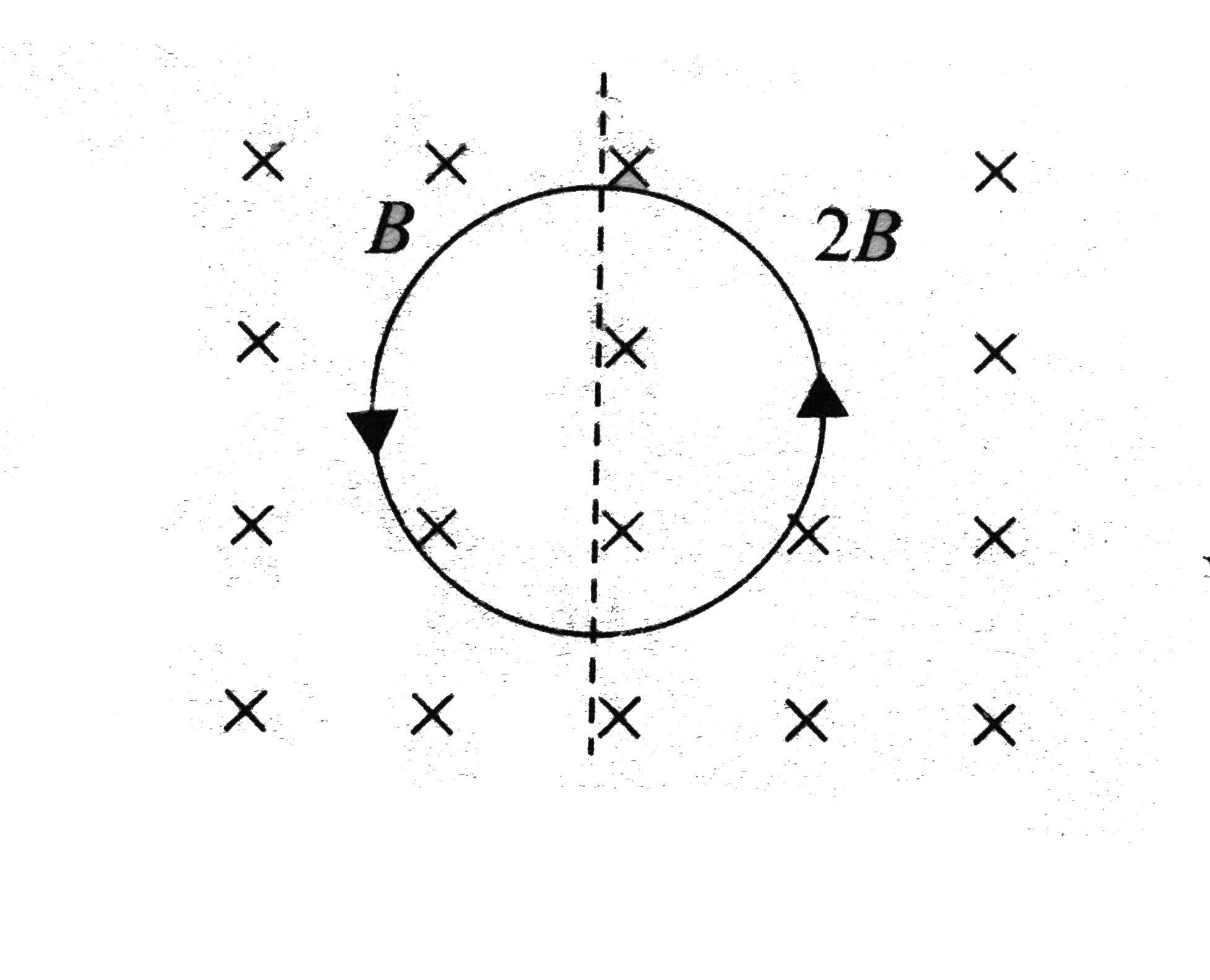Statement -1 : Large angle scattering of alpha particles led to the discovery of atomic nucleus.
Statement -2 : Entire positive charge of atom is concentrated in the central core.
if both assertion and reason are true and reason is the correct explanation of assertion.
if both assertion and reason are true but reason is not the correct explanation of assertion.
if assertion is true but reason is false.
if both assertion and reason are false.
The correct Answer is:A
Alpha particle is positively charged, so is the nucleus, so the large angle of scattering of alpha particle shows that the nucleus is positively charged and concentrated in the central core.
Topper's Solved these Questions
- BOOK - NCERT FINGERTPS ENGLISHCHAPTER - ATOMS EXERCISE - Alpha-Particle Scattering And Rutherford Model13videos
ATOMS
- BOOK - NCERT FINGERTPS ENGLISHCHAPTER - ATOMS EXERCISE - Atomic Spectra19videos
ATOMS
- BOOK - NCERT FINGERTPS ENGLISHCHAPTER - ATOMS EXERCISE - NCERT Examplar problems7videos
ATOMS
- BOOK - NCERT FINGERTPS ENGLISHCHAPTER - ALTERNATING CURRENT EXERCISE - Assertion And Reason15videos
ALTERNATING CURRENT
- BOOK - NCERT FINGERTPS ENGLISHCHAPTER - COMMUNITCATION SYSTEMSEXERCISE - Assertion And Reason30videos
COMMUNITCATION SYSTEMS
Similar Questions
The entire mass and positive charge of an atom is concentrated into its............
View SolutionRutherford's α-particle scattering experiment showed that
(i) electrons have negative charge.
(ii) the mass and positive charge of the atom is concentrated in the nucleus.
(iii) neutron exists in the nucleus.
(iv) most of the space in atom is empty.
Which of the above statements are correct ?View Solution
Knowledge Check
- Question 1 - Select One
Assertion: For the scattering of α-particles at a large angles, only the nucleus of the atom is responsible.
Reason: Nucleus is very heavy in comparison to electrons.Aif both assertion and reason are true and reason is the correct explanation of assertion.Bif both assertion and reason are true but reason is not the correct explanation of assertion.Cif assertion is true but reason is false.Dif both assertion and reason are false. - Question 2 - Select One
Assertion : In Rutherford's α-particle scattering experiment, most of the α-particles were deflected by nearly 180∘.
Reason : The positive charge of the atom is spread throughout the atom that repelled and deflected the positively charged α-particles.AIf both assertion and reason are true and reason is the correct explanation of assertion.BIf both assertion and reason are true but reason is not the correct explanation of assertion.CIf assertion is true but reason is false.DIf both assertion and reason are false.
Assertion: In Rutherford's experiment, a-particles from a sodium source were allowed to fall on a 104 mm thick gold foil. Most of the particles passed straight through the foil.
Reason : The entire positive charge and nearly whole of the mass of an atom is concentrated in the nucleus.View SolutionStatement-I : In Rutherford's gold foil experiment, very few α-particles are deflected back.
Because
Statement-II : Nucleus present inside the atom is heavy.View SolutionStatement-1 : In Mendeleev's periodic table arrangement of elements depend on their atomic weight.
Statement-2 : Some vacant sites were present in this periodic table.
Statement-3 : Position of isotope was well explained by MendeleevView SolutionStatement-1 : In α-emission, the α-particle carries in heavy elements.
and
Statement-2 : In α-decay, the α-particle being lighter has more velocity.View SolutionStatement-1:A particular radioactive element can emit either α-particle or β-particle but never simultaneously.
Statement-2:Rest mass of γ-rays is zero
Statement-3:The β-particle is the fast moving electron ejected from the nucleus .
A. TTT
B. TTF
C. FTT
D. TFTView SolutionStatement 1: The magnetic field as magnetic field does no work on the charged particle.
Statement 2: force (magnetic) on the wire is ∫dF=∫×→B
 View Solution
View Solution

